
AI and SaaS Security: The Hidden Data Leakage Crisis Facing Modern Businesses
Securing ChatGPT And Other AI Tools For Business Use – Forty Percent Of AI Uploads Contain Sensitive Customer Data
AI and SaaS Security: The Hidden Data Leakage Crisis Facing Modern Businesses
TL;DR: LayerX Security’s Enterprise AI and SaaS Data Security Report 2025 reveals that 45% of enterprise employees actively use AI tools, with 77% pasting data into them-82% through unmanaged accounts. Nearly half of all file uploads to AI and file-sharing platforms contain sensitive data, creating massive security blind spots that traditional DLP solutions can’t address.
![]()
The rapid adoption of AI and SaaS applications has fundamentally transformed how businesses operate. According to the groundbreaking Enterprise AI and SaaS Data Security Report 2025 from LayerX Security, email, online meetings, ChatGPT, and file-sharing tools have become the backbone of enterprise productivity, with employees spending the majority of their workday interacting with browser-based applications. Yet this digital transformation has created unprecedented security challenges that most organizations aren’t prepared to handle.
The browser has become the primary workspace where all business activities occur, from customer communications to financial transactions, making it the most critical control point for enterprise security. Unfortunately, it’s also where traditional security tools have the least visibility and control, as LayerX’s research definitively demonstrates.
The LayerX report’s analysis of real-world enterprise browsing telemetry reveals alarming trends about how employees interact with AI tools and SaaS applications. The findings expose critical vulnerabilities in data security practices that could leave businesses exposed to breaches, compliance violations, and intellectual property theft. What makes LayerX’s discoveries particularly concerning is that they represent actual user behavior across large enterprises, not theoretical risks or isolated incidents.
The data, collected directly from browser activity in enterprise environments, shows a consistent pattern: employees routinely bypass security controls, use personal accounts for business activities, and move sensitive data through channels that IT departments cannot monitor or control. This isn’t a future threat-it’s happening right now in organizations across every industry, as documented by LayerX’s comprehensive research.
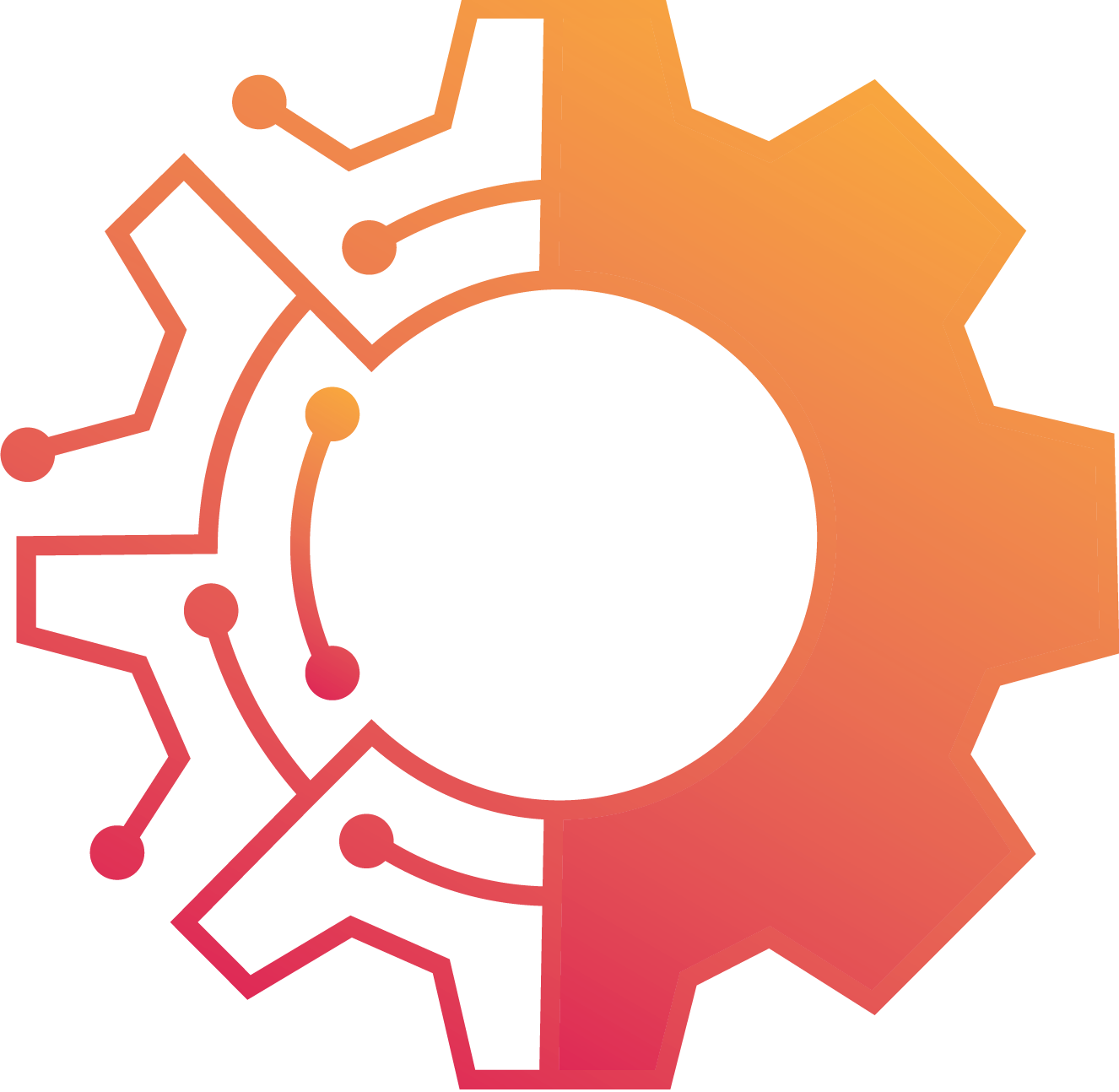 The AI Revolution Has Already Arrived
The AI Revolution Has Already Arrived
AI adoption in enterprises has reached a tipping point faster than any technology in recent history. Unlike previous technological shifts that took years or even decades to achieve widespread adoption, AI tools have penetrated the enterprise in just two to three years. This unprecedented speed of adoption has caught many organizations off guard, with security teams scrambling to understand and control a technology that’s already embedded in daily workflows. The transition happened so quickly that most companies are still operating without formal AI governance policies, creating a dangerous gap between usage and oversight:
- 45% of enterprise employees actively use AI platforms, with AI representing 11% of all enterprise activity
- ChatGPT dominates the AI market, used by 43% of all users and accounting for 92% of AI usage
- AI has moved from experimental to essential, rivaling traditional SaaS categories like file-sharing and business applications
- Most users stick to a single AI tool, with 83.5% using just one GenAI platform, typically ChatGPT
What seemed like emerging technology just two years ago has become as fundamental to business operations as email or video conferencing. This shift happened so quickly that security teams haven’t had time to establish proper governance frameworks. The implications extend beyond simple adoption metrics-AI has fundamentally changed how employees approach problem-solving, content creation, and data analysis. Workers now instinctively turn to AI for tasks ranging from drafting emails to analyzing complex datasets, making it an integral part of their cognitive workflow rather than just another software tool.

(Source: LayerX Security: Enterprise AI and SaaS Data Security Report 2025)
 Personal Accounts Have Taken Over Business-Critical Applications
Personal Accounts Have Taken Over Business-Critical Applications
Despite significant investments in identity security, the data tells a different story about how employees actually access business tools. Organizations have poured millions into identity and access management solutions, single sign-on platforms, and multi-factor authentication systems, believing these investments would give them control over how employees access corporate resources. The reality is starkly different. Employees routinely circumvent these controls, not out of malice but for convenience, using personal accounts to access the same tools they use for work. This behavior creates a shadow IT environment that’s invisible to security teams and impossible to govern with traditional tools:
- 67% of AI usage happens through unmanaged personal accounts
- 87% of instant messaging access uses personal credentials
- 64% of Zoom logins bypass corporate accounts
- 77% of Salesforce access occurs through non-corporate logins
Even when employees use corporate accounts, security remains compromised. The research shows that 71% of CRM logins and 83% of ERP logins happen without SSO enforcement. These “corporate” accounts function no differently than personal ones-invisible to IT oversight and vulnerable to compromise. This creates a false sense of security where organizations believe they have control simply because employees are using company email addresses, when in reality these accounts operate completely outside the corporate security perimeter.
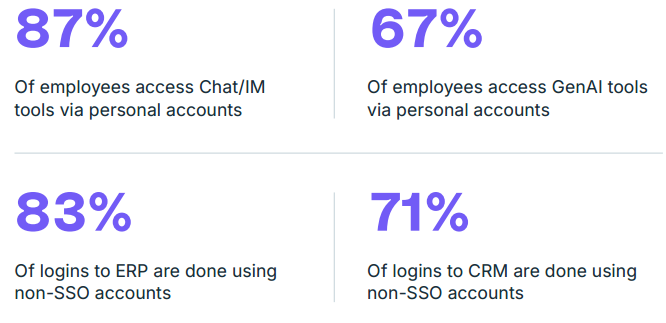
(Source: LayerX Security: Enterprise AI and SaaS Data Security Report 2025)
 Sensitive Data Flows Through Uncontrolled Channels
Sensitive Data Flows Through Uncontrolled Channels
The volume and sensitivity of data moving through unsanctioned channels presents an immediate threat to data security. Every day, employees handle customer information, financial records, intellectual property, and confidential business data as part of their normal responsibilities. However, the tools and methods they use to process this information have evolved far beyond what traditional data loss prevention solutions were designed to monitor. Modern workflows involve constant movement of data between applications, devices, and accounts, creating countless opportunities for sensitive information to leak outside the corporate boundary. The research reveals that this isn’t an occasional occurrence but a continuous flow of sensitive data through unmonitored channels:
- 40% of files uploaded to GenAI tools contain PII or PCI data
- 41% of files uploaded to file storage platforms include sensitive information
- Nearly 4 in 10 of these uploads happen via non-corporate accounts
- 62% of users paste PII or PCI data into chat and instant messaging applications
Traditional DLP solutions focus on file transfers, but the real threat comes from copy-and-paste activities. Research shows that 77% of employees paste data into GenAI tools, with 82% of this activity occurring through unmanaged accounts. On average, employees make 14 pastes per day using non-corporate accounts, with at least 3 containing sensitive data. This represents a fundamental shift in how data moves through the enterprise-from structured file transfers that can be monitored to ephemeral copy-paste operations that leave no trace in traditional security logs.
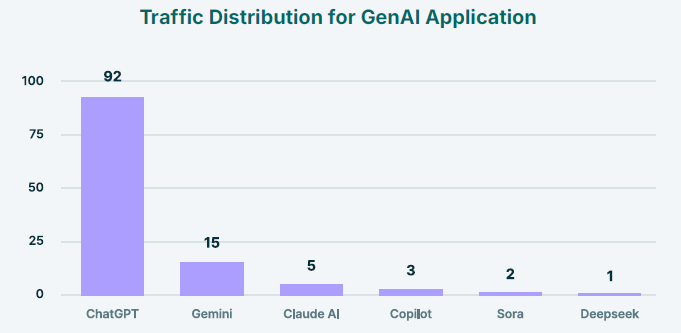
(Source: LayerX Security: Enterprise AI and SaaS Data Security Report 2025)
 Copy-Paste Has Become the Primary Data Exfiltration Method
Copy-Paste Has Become the Primary Data Exfiltration Method
The most significant finding reveals how data actually leaves the enterprise environment. While security teams focus on preventing unauthorized file downloads and monitoring email attachments, the real exfiltration happens through the clipboard-a channel that’s been largely ignored by enterprise security tools. Employees copy sensitive information from corporate applications and paste it into personal tools, AI platforms, and consumer applications thousands of times per day. This behavior has become so normalized that users don’t even recognize it as a security risk. They see it as simply moving information from one workspace to another, unaware that each paste potentially violates data governance policies and regulatory requirements:
- GenAI accounts for 32% of all corporate-to-personal data exfiltration
- 77% of employees paste data into GenAI prompts
- Employees average 46 pastes per day across all platforms
- 4 sensitive data pastes occur daily per user through non-corporate accounts
Popular destinations for pasted data include ChatGPT, Google, Databricks, LinkedIn, Snowflake, Slack, and translation tools. This shows that sensitive information isn’t just flowing into AI tools-it’s spreading across developer platforms, analytics tools, and professional networking sites. The diversity of destinations reflects the varied motivations behind data movement: productivity enhancement, collaboration needs, personal convenience, and sometimes malicious intent. Each paste represents a potential breach, yet organizations have no visibility into this activity and no way to prevent it with conventional security tools.
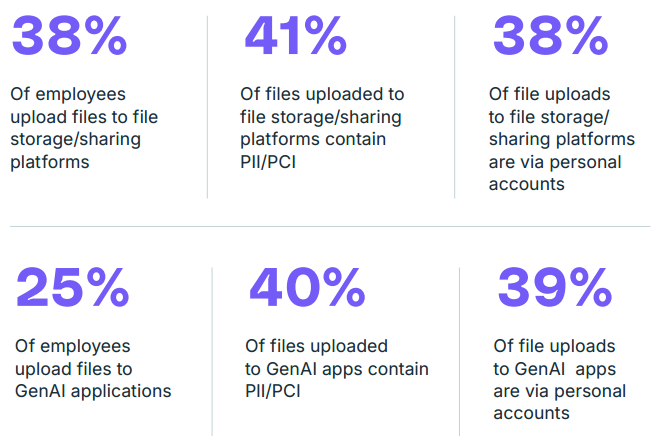
(Source: LayerX Security: Enterprise AI and SaaS Data Security Report 2025)
 The Security Blind Spot Crisis
The Security Blind Spot Crisis
These findings reveal a perfect storm of security vulnerabilities that most organizations never see coming. AI tools have achieved massive penetration across enterprises with virtually no governance framework in place. Personal account usage dominates even the most critical business applications, creating a shadow IT environment that operates completely outside corporate control. Meanwhile, weak SSO enforcement means that even “corporate” logins provide no real security or visibility. Traditional DLP tools, designed for an era of file transfers and email attachments, completely miss the fastest-growing vectors of data exfiltration. The convergence of these factors creates an environment where sensitive data moves freely across the digital ecosystem without any oversight, monitoring, or control:
- AI adoption outpaced security planning by 2-3 years
- Shadow IT now represents the majority of enterprise application usage
- Copy-paste data movement bypasses all traditional DLP controls
- Personal and non-federated accounts create complete visibility gaps
- Every employee makes dozens of unmonitored data transfers daily
The result is that enterprises can’t see or control where their sensitive data goes.Every AI prompt, every paste operation, every file upload through a personal account creates potential for data loss, compliance violations, or intellectual property theft. Modern businesses face a fundamental challenge: the tools driving productivity have become the biggest sources of risk.The very technologies that enable innovation and efficiency-AI, cloud collaboration, instant messaging-are the same ones creating massive security vulnerabilities. This paradox requires a complete rethinking of enterprise security strategies, moving from perimeter-based defenses to data-centric controls that follow information wherever it flows.
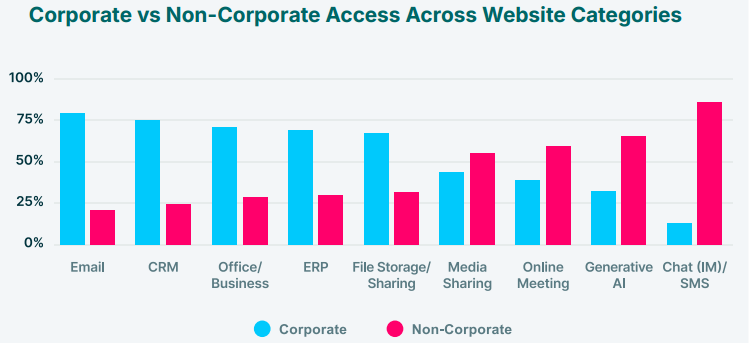
(Source: LayerX Security: Enterprise AI and SaaS Data Security Report 2025)
 How CinchOps Can Help
How CinchOps Can Help
As a leading managed services provider specializing in cybersecurity and IT support for small businesses, CinchOps understands the unique challenges organizations face in securing AI and SaaS environments. Our comprehensive approach addresses these critical vulnerabilities through proven strategies and cutting-edge solutions. With deep roots in the Houston business community and extensive experience protecting companies across various industries, we’ve developed specialized expertise in managing the complex security requirements of AI-enabled organizations. Our team combines technical excellence with practical business understanding to deliver security solutions that protect without hampering productivity:
- AI and SaaS Security Assessments to identify shadow IT, unmanaged accounts, and data leakage risks across your organization
- Browser-Level DLP Implementation that monitors and controls both file uploads and copy-paste activities across all web applications
- Identity and Access Management solutions enforcing SSO across business-critical applications and blocking personal account usage
- Managed IT Support providing continuous monitoring and real-time threat detection for AI and SaaS usage
- Cybersecurity Training Programs educating employees about secure AI usage and data handling best practices
- Compliance and Governance Frameworks tailored to address AI-specific risks and regulatory requirements
- 24/7 Security Operations Center monitoring for unusual data movement patterns and potential exfiltration attempts
- Incident Response Planning specifically designed for AI-related data breaches and security events
CinchOps combines local Houston expertise with enterprise-grade security capabilities, delivering managed IT support near you that protects against modern threats while enabling productive AI adoption.
![]()
 Discover More
Discover More 
Discover more about our enterprise-grade and business protecting cybersecurity services: CinchOps Cybersecurity
Discover related topics: How IT Teams Drive Secure AI Orchestration
For Additional Information on this topic: 77% of Employees Share Company Secrets on ChatGPT, Report Warns
![]()
FREE CYBERSECURITY ASSESSMENT



